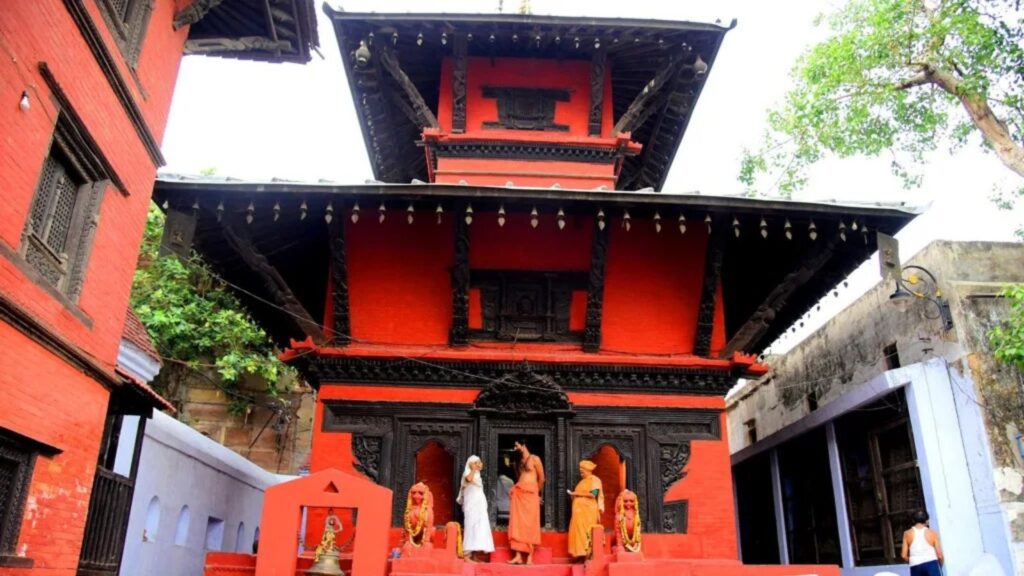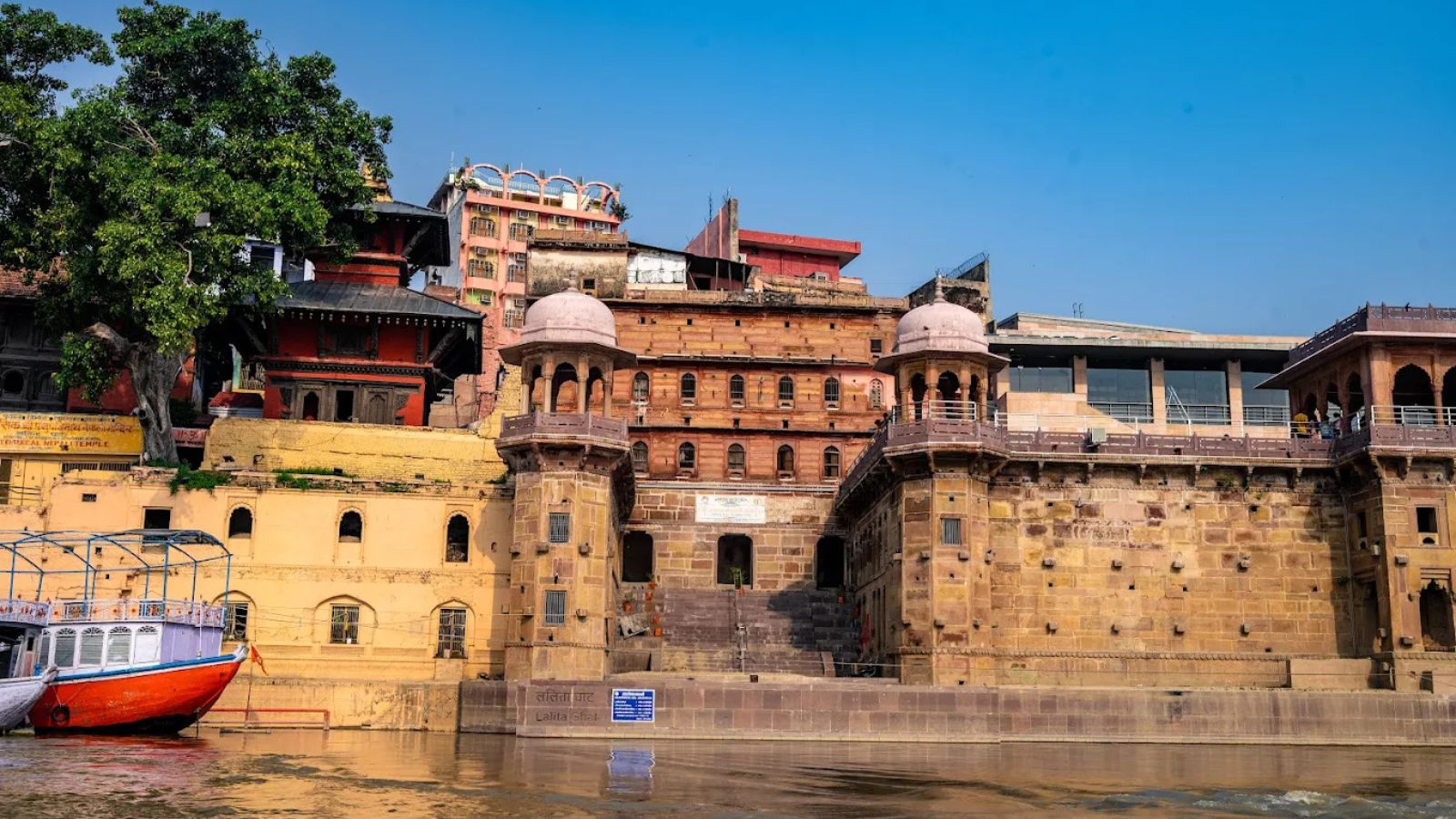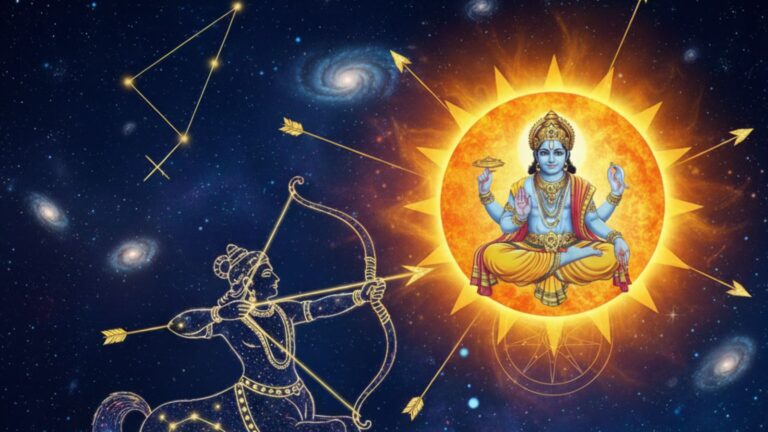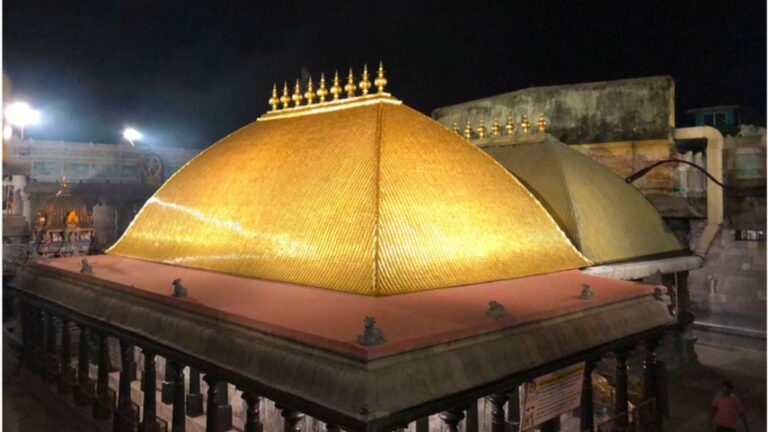Lalita Ghat is one of Varanasi’s revered riverfronts, situated between Manikarnika and Dashashwamedh Ghats near the famed Kashi Vishwanath Temple. Named after Goddess Lalitha, this ghat is closely associated with Shakti worship and features the Lalita Gauri Temple, a shrine dedicated to the Divine Mother.
Lalita Ghat was developed in the 19th century during the exile of Nepalese King Rana Bahadur Shah, who commissioned the construction of both the ghat and the Nepalese-style Nepali Mandir (Kathwala Temple), which was completed in 1864. Rana Bahadur Shah, the King of Nepal, was forced into exile in Varanasi after political turmoil in his kingdom, and during his stay he devoted himself to religious pursuits and temple-building.

The Nepali Mandir at this Ghat is known for its pagoda architecture and intricate wooden carvings reminiscent of Kathmandu’s temples. Devotees visit the Lalita Gauri Temple seeking blessings for prosperity and well-being.
Apart from its spiritual tranquility and architectural beauty, Lalita Ghat is a symbol of the cultural ties between India and Nepal. Devotees and visitors are drawn to its relatively less crowded, peaceful atmosphere (compared to its neighboring ghats) and panoramic vistas over the Ganges.
Image Credits: Souvik Das



